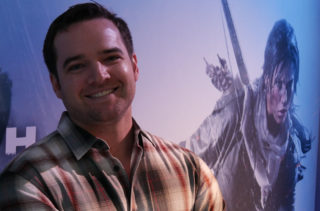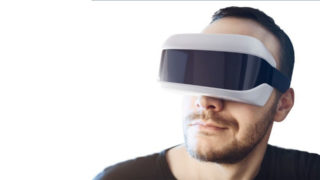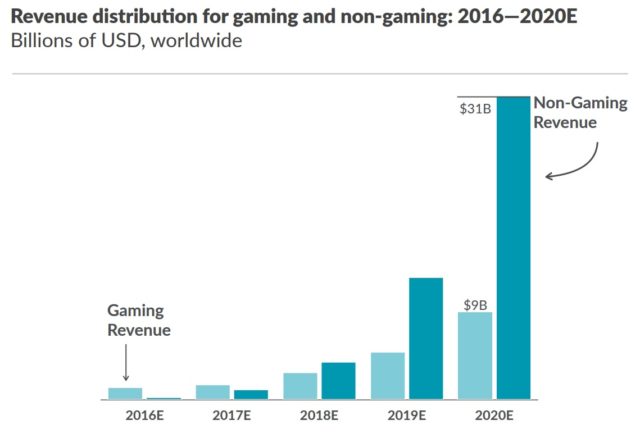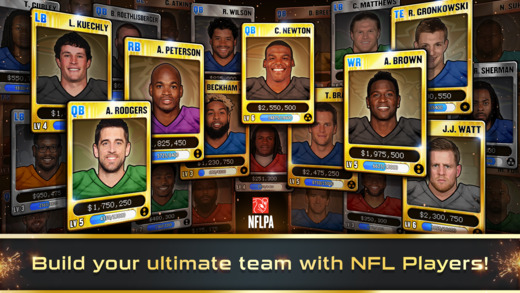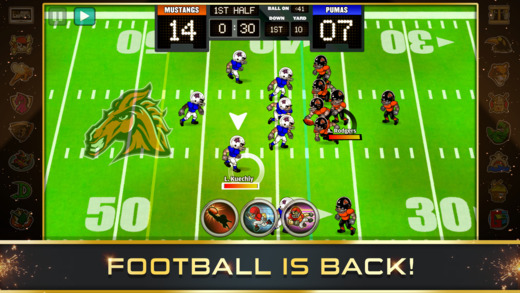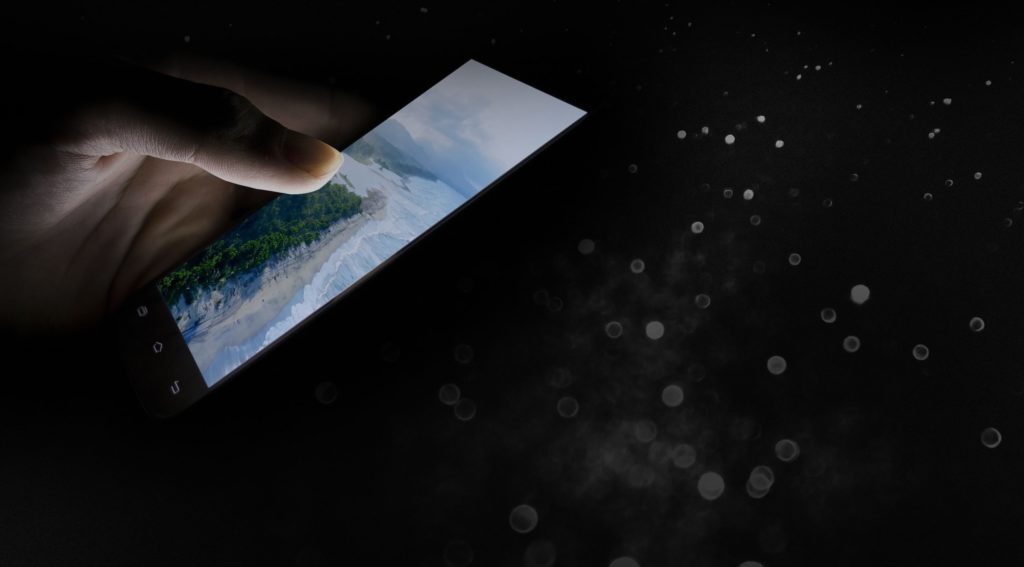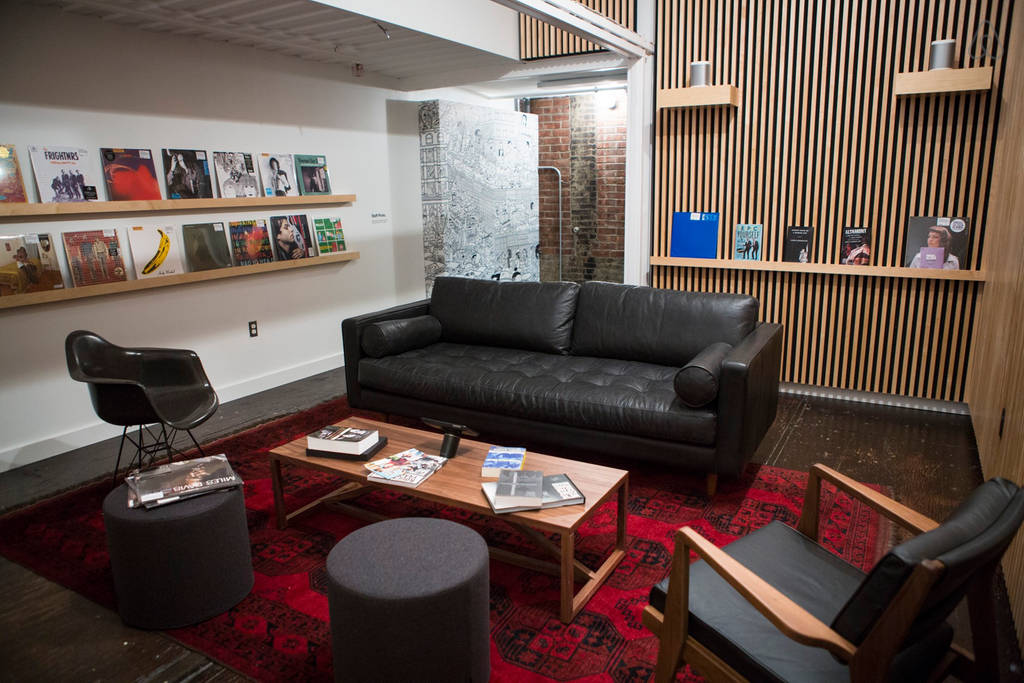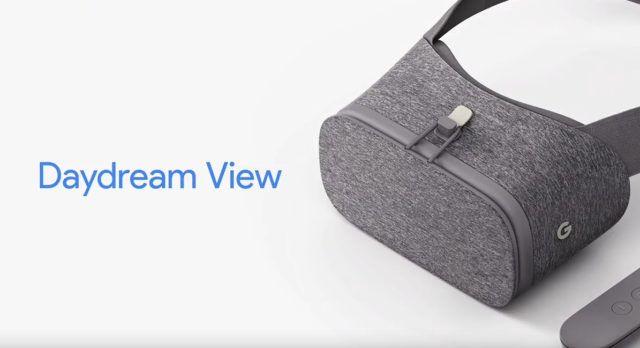When it comes to marketing strategies, Carnival Cruise Line is plowing full steam ahead with a diverse set of campaigns to appeal to a wider market, offering consumers a “brand new view” the next time they decide to get away from it all. The average cruise guest is now 40-years-old, which is challenging the cruise line to attract younger demographics with the adoption of new technologies.
All Aboard To Experience “The Vista Affect”
Carnival Cruise Line is launching a 360-degree video campaign to promote a number of features on its new Carnival Vista ship. Hosted by Instagram influencer Zach King, the video takes viewers on a unique tour around the new cruise liner that not only lets you look around, but participate via Easter egg hunts. The video also includes special effects and optical illusions to add to the magic of what a vacation might be aboard.
The Vista tour highlights such attractions as SkyRide, an 800-foot long duel-track aerial ride suspended 150-feet in the air and Kaleid-O-Slide, a 455-foot water tube connected to the ship’s WaterWorks park. The Vista Affect was shot aboard the ship as it toured the Mediterranean Sea and made seven stops around Greece, Italy and Malta.
The Vista Affect 360 video is viewable on Facebook, YouTube and AwayWeGo.com. By having the video hosted by an influencer, Carnival will be able to reach King’s followers on a more personal level than on an ad or video promotion alone.
Vacations In Virtual Reality
In a partnership with AT&T, Carnival is taking the virtual tour to a new level through a Samsung Gear VR headset. Available in 133 AT&T stores across 37 states, curious would-be vacationers started stepping aboard in an immersive tour of Carnival Cruise ships in February to preview entertainment, dining and shore excursion options, not to mention the aforementioned rides and on board attractions. Those who check out the VR experience can enter to win a cruise through a special sweepstakes.
“One of the barriers to getting folks on cruises are common misconceptions about cruises, and if we’re able to expose more and more consumers to what our ships and the experiences are actually like, we hope to be able to increase the demand for cruising overall,” Ken Jones, vice president of corporate marketing at Carnival told Fortune. “Cruising has grown faster than land-based vacations over the past decade or so, and we think technology can help accelerate that trend as we help people envision themselves in an amazing cruise environment.”

Cruising To A TV Near You
Three new Carnival TV programs on three different networks are now airing Saturday mornings that aim to educate and inspire viewers to explore the world via cruise liner. Ocean Treks With Jeff Corwin will run on ABC and feature Corwin as he ventures out across the world to experience activities such as repelling down cliffs, mountain climbing and zip lining through a rain forest.
CW’s Vacation Creation stars In Living Color alum Tommy Davidson with YouTube star Andrea Feczko. The show will teach viewers how to personalize vacations while enduring hardship.
The Voyager with Josh Garcia, airing on NBC will follow video journalist, Garcia as he visits seaside ports interacting and mingling with locals. All shows will run through September 2017. and will feature all 10 of Carnival’s cruise brands in at least one episode each.
Split Screen Elegance
Carnival’s ultra-luxury Seabourn Cruise Line is the focus of “Extraordinary Worlds,” a split-screen ad that features complementary images on opposite sides of the screen. While one side displays Seabourn’s on-board amendities, the other highlights exotic cruising destinations such as New Zealand and Iceland.
It’s All Fun And Games Until You “Rock” The Boat
Carnival Cruise Line has made some serious partnerships in the name of entertaining its guests. Select cruises now feature Hasbro, The Game Show, a live audience experience that’s included in the price of a vacation. Harnessing the growing popularity of tabletop games with the thrill of a live event, families and friends can team up to compete for prizes with games such as Connect 4, Sorry! Sliders and Yahtzee Bowling, just to name a few.
If all you wanna do is “rock the boat,” cruise guests will also be able to compete in Lip Sync Carnival Battle. The TV show’s hosts, L.L. Cool J and Chrissy Teigen, appear in a special video shown on board, and just as on the show, the cruise audience chooses the contest winner. Lip Sync Battle Carnival will debut on the new Carnival Vista in December and roll out to other Carnival ships in 2017.
Speaking of “rocking” the boat, if country or comedy are more your cruising speed, Carnival has announced that Tim McGraw and Little Big Town, along with comedians Jay Leno and Jeff Foxworthy, will perform on seven different ships as part of the 2017 Carnival LIVE line-up.
No Nautical Nonsense
Personal experiences create brand loyalty, and influencers who share stories with others on social media. By including the audience into the experience, Carnival is using a series of splendid marketing tactics to create memories that can be shared with friends and family once vacationers return home.
